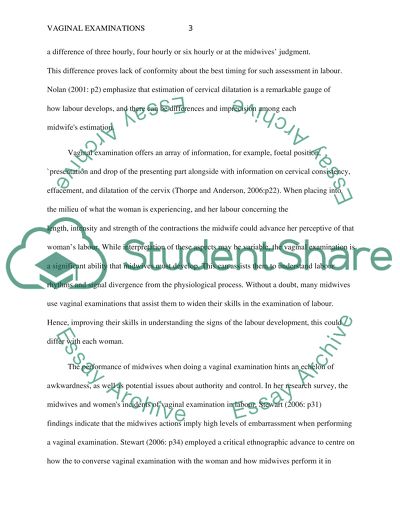Cite this document
(“Vaginal Examinations Paper Literature review Example | Topics and Well Written Essays - 1750 words”, n.d.)
Vaginal Examinations Paper Literature review Example | Topics and Well Written Essays - 1750 words. Retrieved from https://studentshare.org/nursing/1441569-vaginal-examinations
Vaginal Examinations Paper Literature review Example | Topics and Well Written Essays - 1750 words. Retrieved from https://studentshare.org/nursing/1441569-vaginal-examinations
(Vaginal Examinations Paper Literature Review Example | Topics and Well Written Essays - 1750 Words)
Vaginal Examinations Paper Literature Review Example | Topics and Well Written Essays - 1750 Words. https://studentshare.org/nursing/1441569-vaginal-examinations.
Vaginal Examinations Paper Literature Review Example | Topics and Well Written Essays - 1750 Words. https://studentshare.org/nursing/1441569-vaginal-examinations.
“Vaginal Examinations Paper Literature Review Example | Topics and Well Written Essays - 1750 Words”, n.d. https://studentshare.org/nursing/1441569-vaginal-examinations.


